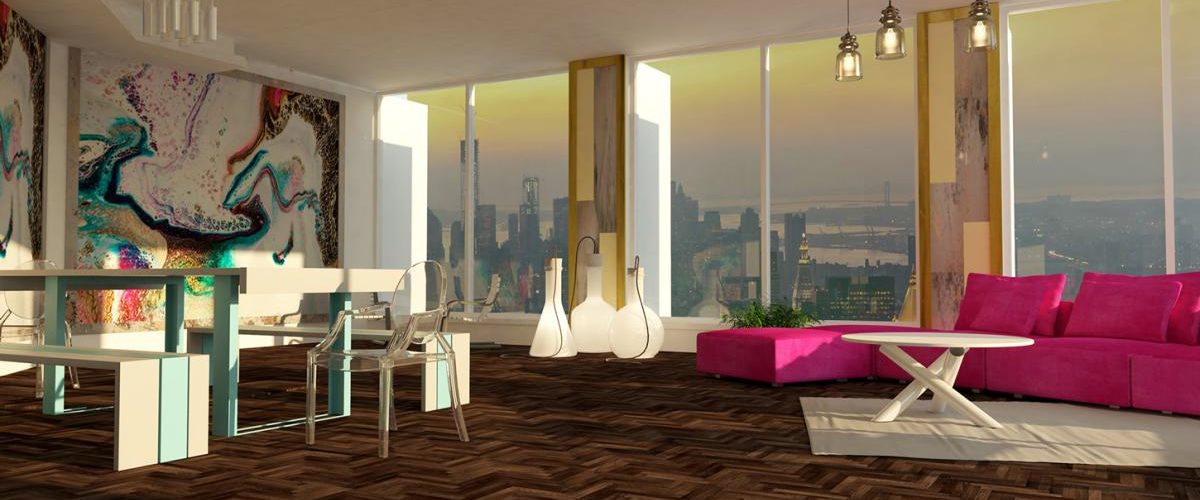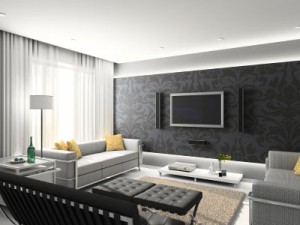Contemporary Interrior Design
<>
Without texture a room will be (literally) flat and boring. You might have color but it will be totally one dimensional. And if you have chosen a neutral or natural color scheme then you are in danger of sending your visitors to sleep. Add texture, however, and you also add interest. You will make those who visit want to reach out and touch as well as look at your decoration. Here are some ways to add texture to a plain room in all kinds of ways whether you are looking at fabrics, flooring, paint or plasterwork.
1. Texture in Flooring
You can use natural materials for flooring which have a woven feel and look to them. Those such as coir, sea grass and jute create a subtle background for other items in your room although they are hard and scratchy to touch. For a softer, more welcoming look, choose the velvety texture of a short pile natural wool carpet or use oak wide plank flooring and top it with a shaggy rug made of leather or suede strips for the ultimate in textured flooring.
2. Texture in Fabrics
Fabrics are wonderful for adding texture and plain fabrics can be made to look sensational as a result. You can use different fabrics for sofas, cushions and curtains in the living room as well as for various items of bedding and curtains for your bedroom. The choice is unlimited from chunky knitted fabric cushion covers, through woven linen curtains to thick cord covered sofas. And any smooth fabric can be enhanced with trimming from embroidery and beading to pleating and cord edging.
3. Texture in Paint and Wallpaper
Texture in paint finishes and wallpaper comes and goes in terms of fashion so you do need to keep an eye on what is in and what is out. Not so long ago we were all covering our ceilings in textured coatings which covered a multitude of sins and now we are having the bother of removing it all and making them smooth again. The current trend is to paper one wall with a highly decorative colored paper to make a focal wall. For example, you might choose a dark aubergine paper with a textured dark purple velvet design and then to leave all the other walls in a lighter color. As for painted furniture, you will find a number of textured paint finishes which have stood the test of time, such as distressing and crackle glaze so you might try these for adding texture to the right style room.
4. Texture in Plaster and Wood
You can add a wood or paster decorative framework around doors and windows and ornate cornice work at the top of your walls around the ceiling and as a decoration in the center of your ceiling – a so called ceiling rose – if you have a central pendant light. You can also add architectural elements such as a dado or picture rail if your walls are high enough to warrant that kind of treatment.
5. Texture in Tiling
If your room is to be tiled, you can add texture with natural stone tiling which has natural variation built into it. Slate tiles are a great way to finish a kitchen or bathroom floor and you will find the natural grain of the slate adds a lot of variation. Some natural tiles are also deliberately distressed to give a more rugged textured look which looks great in country style homes and can be used on walls and floors. If that is what you are looking for seek out tumbled travertine tile which will give you an instant country look. In a contemporary home, you can get a very techno industrial look with textured rubber or aluminum tiles instead.
Related Posts




